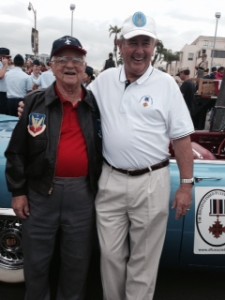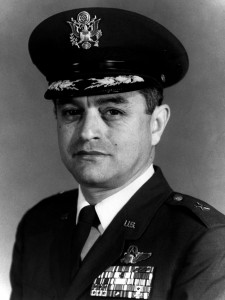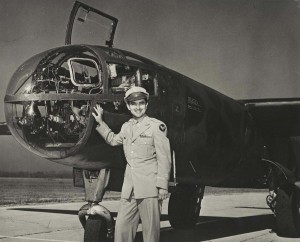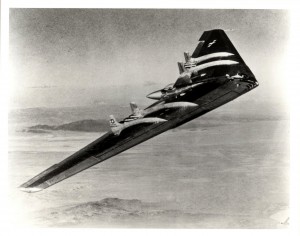
(Dec. 16, 2014, Dayton, Ohio) Brig. Gen. Robert L. Cardenas, USAF (Ret.), Chairman Emeritus of the Miramar National Cemetery Support Foundation, has been elected to the National Aviation Hall of Fame. He will be inducted Oct. 15, along with three other nominees in the Class of 2015.
Cardenas will join a roster of 225 men and women air, and space pioneers who have been inducted by the NAHF since its founding in 1962. Other aviation luminaries enshrined in the Hall of Fame include the Wright Brothers, Charles Lindbergh, Amelia Earhart, John Glenn and Neil Armstrong.
“This is a great honor for a great American,” said Dennis A. Schoville, Support Foundation President and CEO. “Bob Cardenas’ life is a legacy of service to his country. His character, integrity, and leadership in the San Diego veterans’ community continues to be an inspiration to all of us. We are very proud of what he represents and his continued friendship to the Miramar National Cemetery Support Foundation.”
Each year, the NAHF Board of Nominations, a voting body comprised of over 120 aviation professionals nationwide, selects a handful of air and space pioneers to be recognized for their achievements.

The four members of the Class of 2015 are:
Brig. Gen. Robert L. Cardenas, USAF (Ret) – After flying WWII combat as a B-24 pilot in Europe, Cardenas graduated from test pilot school in 1945. He was instrumental as the B-29 mothership pilot and operations officer on the record-breaking X-1 program that launched Chuck Yeager into supersonic flight, and as chief pilot on the XB-49 flying wing program. He commanded a combat wing of F-105’s in Southeast Asia and later was the first commander of the Air Force Special Operations Force. (For more information on Gen. Cardenas, click here.)
The late Robert N. Hartzell – Son of an Ohio woodworker, Hartzell was inspired by neighbor Orville Wright to explore propeller manufacturing. By WWI, Hartzell’s company provided propellers used on “Liberty” engines. After briefly manufacturing its own aircraft, the company focused on supplying wood propellers to its customers and metal propellers used on WWII aircraft. Postwar, Hartzell additionally developed lightweight and controllable propellers that spurred worldwide development of the general aviation industry.
Eugene “Gene” Kranz – Kranz flew fighters in Korea and was an Air Force flight test engineer before joining NASA’s Space Flight Group in 1960, where he rose through roles in flight operations with the progression of the Mercury, Gemini and Apollo programs.

His 37 years of federal service include serving as Flight Director during the Apollo 13 mission and as NASA Director of Mission Operations, responsible for over 6,000 employees and a $700 million budget.
The late Abe Silverstein – A mechanical engineer and aerodynamicist who contributed to the improvement of WWII and early supersonic aircraft, Silverstein transitioned from NACA to NASA in 1958, becoming its first Director of the Office of Space Flight Programs. Credited as the architect of the space program and as the Father of Apollo, his vision led man’s way to the moon and the exploration of other planets.

